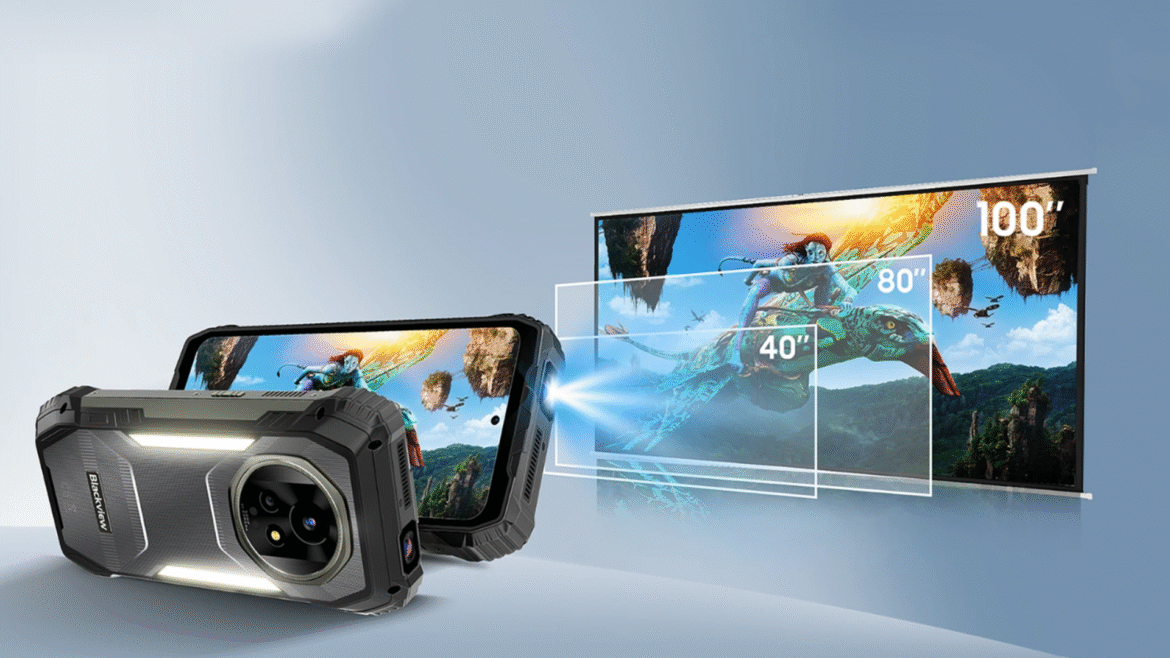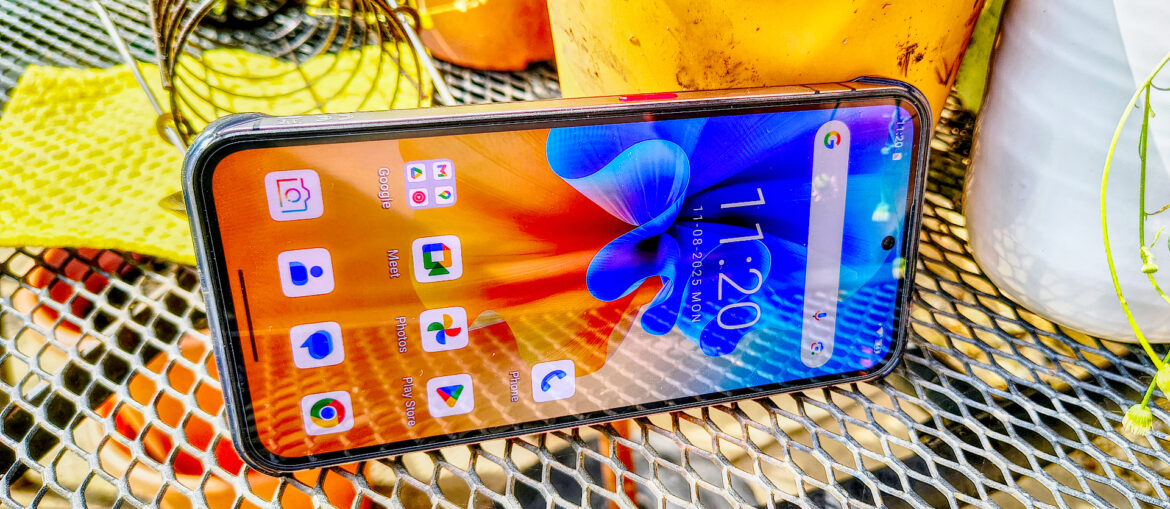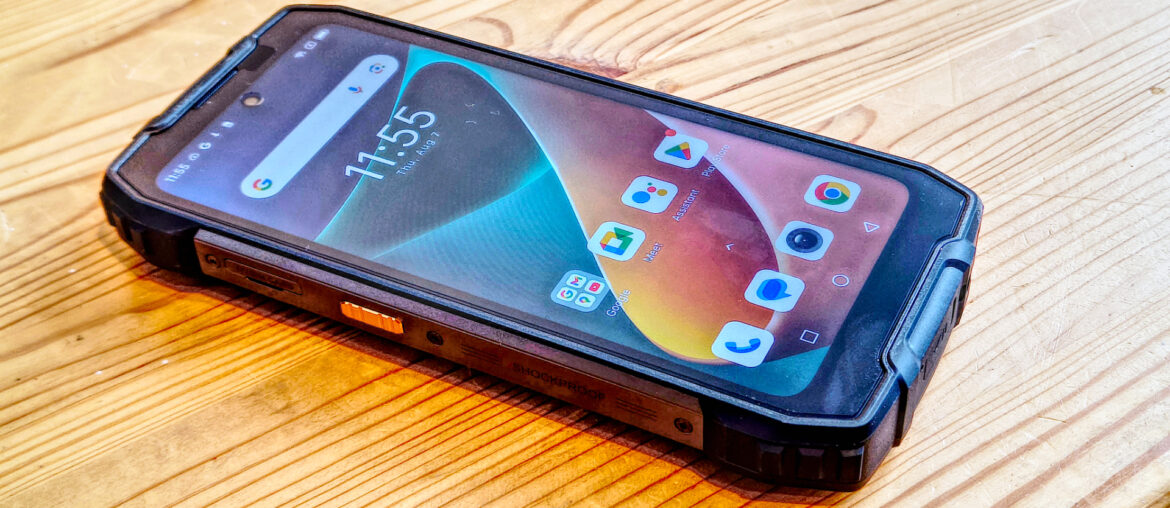- Blackview XPLORE 2 480p projection resolution risks underwhelming image quality
- 20,000mAh battery promises endurance but adds significant device weight
- Outdoor device with a 467lm camping light, infrared control, survives a six-meter drop, and is resistant to boiling water
Several rugged smartphones have arrived in 2025 with built-in projectors, including the Oukitel WP100 Titan, Doogee V Max Play, 8849 Tank 4, Ulefone Armor 34 Pro, and the Blackview Active 12 Pro rugged tablet.
The new Blackview XPLORE 2 Projector 5G joins this growing list, reinforcing the idea that smartphone projectors are no longer isolated experiments.
Yet the pattern raises questions about real-world use and long-term value, especially since these devices still largely target niche outdoor or industrial users rather than mainstream consumers.
You may like
Projection performance and screen specifications
The XPLORE 2 reportedly offers, “up to 100-inch 480p ultra-clear projection” at “100 lumens high brightness,” featuring auto vertical keystone correction and a 2-watt Smart-K Box Speaker.
The 480p resolution and 100-lumen brightness suggest that the image quality will likely lag behind that of even entry-level dedicated projectors.
Claims such as “300% smoother projection” at “up to 120 frames per second” indicate an effort to deliver fluid visuals, but without independent verification, these specs remain unproven.
The phone features a 6.73-inch 3.2K AMOLED screen with a “2600 nits industry-leading peak brightness” and adaptive refresh rates.
It is powered by the Dimensity 8300 chipset with up to 16GB LPDDR5X RAM (expandable by 32GB) and up to 1TB UFS4.0 storage with 2TB expansion.
Under the hood, there is a 20,000mAh dual-cell battery, marketed as the largest rugged phone battery.
This battery offers 75 days of ultra-long standby and 13 hours of non-stop projection, alongside 120-watt charging.
You may like
The practical benefits of such capacity may be offset by the device’s heavy 710-gram weight and 29-millimeter thickness, more in line with a rugged tablet.
Blackview XPLORE 2 has IP68, IP69K, and MIL-STD-810H certifications, with drop resistance up to six meters, and the company says this device can survive a 500-kilogram load or 80°C boiling water.
These specifications target extreme conditions such as camping, construction, or rescue work, and is designed for outdoor use with a 467-lumen camping light, an infrared remote control, dual waterproof USB ports, and AI rainproof touch.
The XPLORE 2’s extensive feature list, including AI tools, voiceprint activation, and eSIM support, suggests a push to position rugged projector phones as versatile flagships.
However, the combination of low-resolution projection and bulk may limit the device’s appeal beyond enthusiasts or field professionals.
Although currently out of stock, the phone is listed on Blackview’s website for about $634.



